The Future of Clean Aviation is Now
I’ve started to write this as a part of my post on Impact Investing vs. Whitewashing, but I decided to take this into it’s own article and only summarize and refer to it. This article addresses the known ideas about clean flying and why I believe there is a lot of whitewashing and intentional delaying. But if you want to go carbon-neutral for a start, the technology is there. Even with the bureaucratic hurdles, we can start flying carbon-neutral within a matter of three to five years. The challenge is the speed we can secure the funding to build the necessary facilities.
Investors interested to turn aviation carbon-neutral, here is our reasoning which technology you should look at. And why helping us making this happen will be disruptive. Not because noone else could do it, but because to succeed you need the right people who want to do it, not the ones considering it disrupting their plans…
Electric Flying
 “But how about electric flying?” you might ask? Yes, how about it? In December 2013, a battery on a Boeing 787 Dreamliner caught fire. It was later attributed to a “design flaw”. Yes, Boeing had quite some trouble even before the MAX-disaster.
“But how about electric flying?” you might ask? Yes, how about it? In December 2013, a battery on a Boeing 787 Dreamliner caught fire. It was later attributed to a “design flaw”. Yes, Boeing had quite some trouble even before the MAX-disaster.
In 2016, the Samsung Galaxy S7 batteries happened to explode. It was found that a manufacturing defect in the phones’ batteries had caused some of them to generate excessive heat, resulting in fires and explosions. And as much as they research possibilities, there are no ideas yet how you can “minimize” batteries (size and weight) further without risking them overheating. But given existing battery size and weight, the battery will only allow for very short flights with relatively few passengers. Commercial flying over two, three hours? You got to be kidding…
I find Zunum’s story (their jet pictured here) quite interesting. From Wikipedia: “In November 2020, Zunum Aero filed a lawsuit against Boeing alleging that Boeing tried “to gain access to proprietary information, intellectual property” and then used its dominance “to delay and then foreclose” Zunum’s operation, “in order to maintain its dominant position in commercial aviation by stifling competition”, using this proprietary information “to provide a hybrid-electric propulsion system for a different aircraft design” with Safran. Zunum said that Boeing tried to poach Zunum’s engineers.”
Electric Flight is a nice idea, but without a breakthrough in batteries, in my opinion it’ll be too inflexible a niche market and in best case need 10-20 years of active development to come up with a sizeable aircraft for mass transportation. And then there is the devastating ecological footprint of the mining of the needed Lithium, Nickel, “rare earths”, that experts expect to become a likely killer issue for Tesla – now thinking about battery-powered flying?
Hydrogen
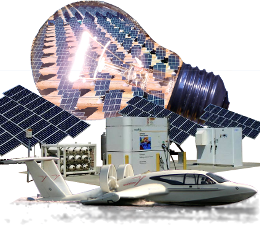 Many of you remember that back in 2008 I worked with investors and potential climate-sensitive customer we worked on a hydrogen-powered WIG (wing in ground). Combining the then existing research platform SeaFalcon with a common hydrogen-engine and refining hydrogen from solar power. Back in the days, we got a viability study funded to work out the business case based on Maldivian Air Taxi. Very successful business case in fact. Then came Lehman and we never further followed up on it, something I regret to date. Back 2009/10, we could have proved the business case for carbon-free flying.
Many of you remember that back in 2008 I worked with investors and potential climate-sensitive customer we worked on a hydrogen-powered WIG (wing in ground). Combining the then existing research platform SeaFalcon with a common hydrogen-engine and refining hydrogen from solar power. Back in the days, we got a viability study funded to work out the business case based on Maldivian Air Taxi. Very successful business case in fact. Then came Lehman and we never further followed up on it, something I regret to date. Back 2009/10, we could have proved the business case for carbon-free flying.
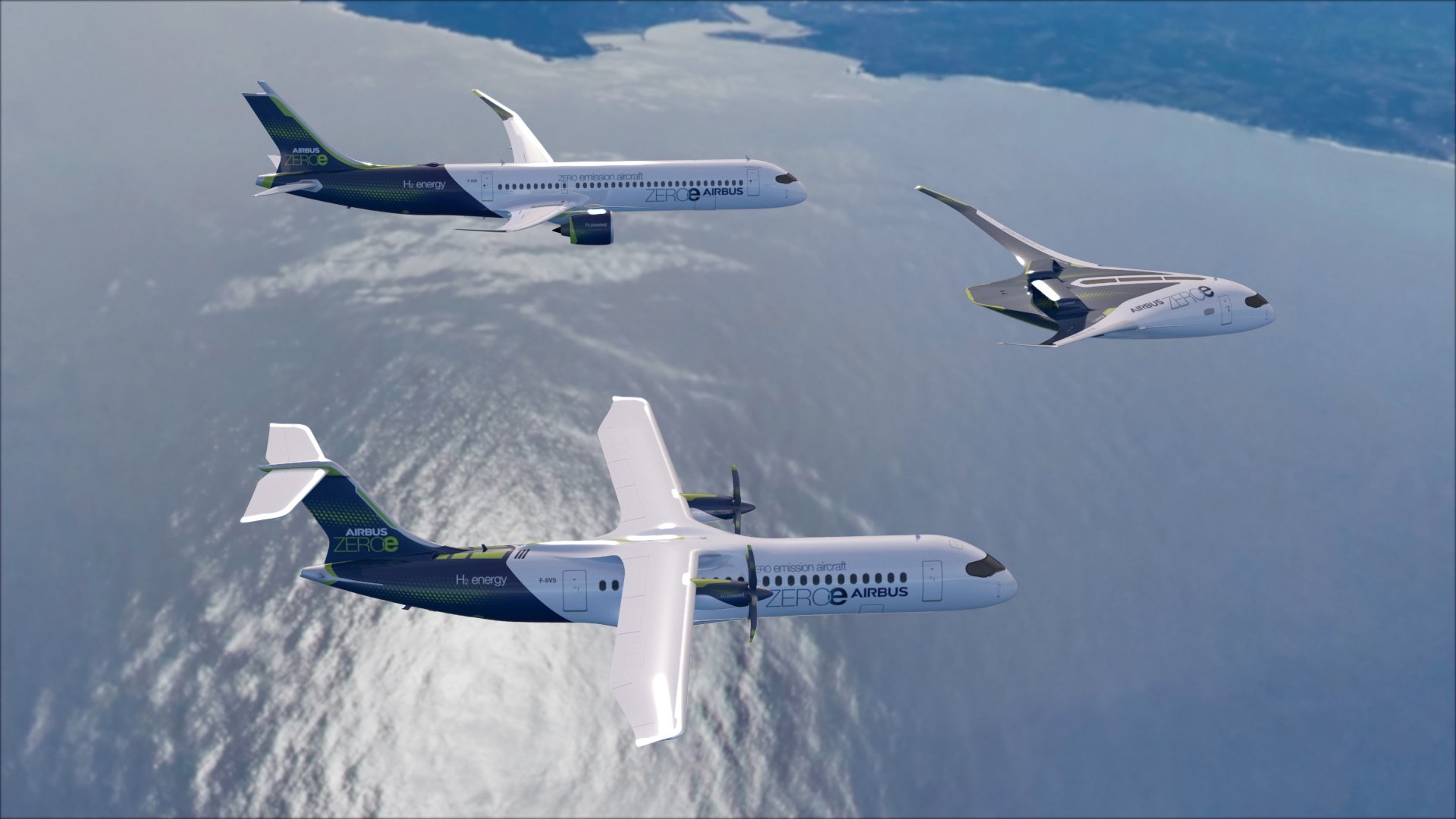 But I also learned the downsides of Hydrogen, disabling it for large aircraft. Say what? Didn’t Airbus not just promote their vision of hydrogen-powered planes? Just the required cooling and/or pressure tanks for any sizeable aircraft sure is a challenge.
But I also learned the downsides of Hydrogen, disabling it for large aircraft. Say what? Didn’t Airbus not just promote their vision of hydrogen-powered planes? Just the required cooling and/or pressure tanks for any sizeable aircraft sure is a challenge.
On the picture I found it interesting to see the focus on small aircraft and how much of that they already assume to be used for the hydrogen-tanks… Given Corona, I doubt they will give this the focus to keep the development timeline at 2030 (ten years). And I believe this is just another case like Boeing on e-flight, a means to proof failure to justify continuation of “dirty flying”. I doubt their managements real interest in clean flying!
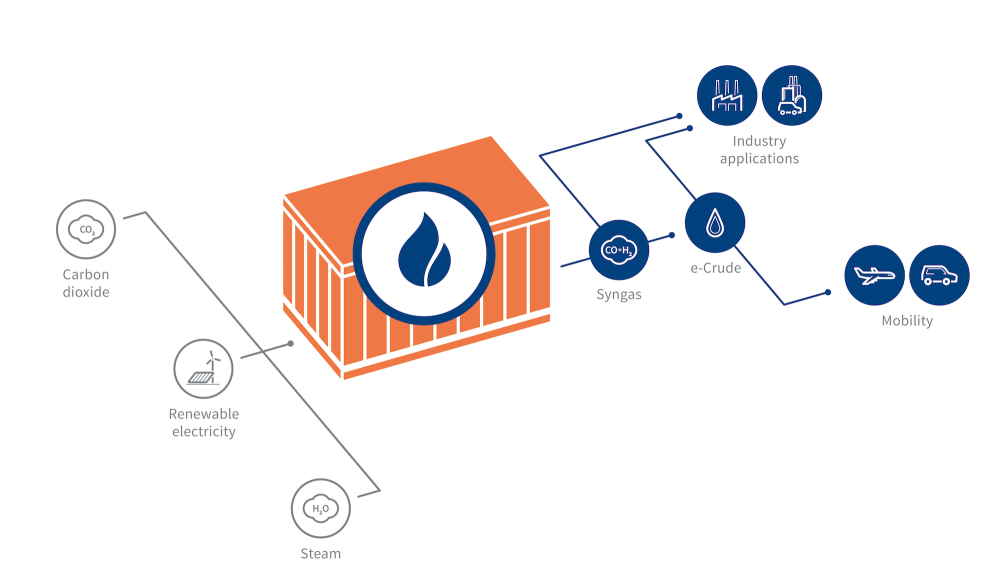 Synkerosene – Hydrogen reloaded
Synkerosene – Hydrogen reloaded
Since I learned about Synfuel in early 2019, I understood that quickly as true impact, a disruptive technology. Given it’s “circular” nature, it will not provide “clean flying as quickly. But carbon-neutral flying and substantially less side products in the exhaust. Then I was surprised recently that Sunfire had secured a joint venture as Norsk e-Fuel, building an “industrial-sized facility” in Oslo. Okay, their annual output I learned is rather small, only 25% of what we assume as need for an all-synkerosene fleet at our bases, enough for seven regional aircraft.
But yes, we believe that given Synkerosene can transform all existing fleets in a matter of years. Starting with Synfuel for company cars, energy generators beyond emergency, but also as a buffer for the solar power needed for a 24/7 operation will require a large sized facility at our headquarters. Developing the plans and securing the funding for the large-sized facilities needed at the bases, we expect first bases to be 100% carbon neutral realistically within three to five years. But only, if we get it started. If we overcome lip-services, white- and greenwashing but join forces with investors interested doing the real deal.
Now back to the investor who told us this week that we’d not be innovative enough. I don’t care to be innovative. I want to use innovation available to make a change. A real one.
Challenge: Three years to the first carbon-free base. Ten years for all bases to be carbon-free. And looking at 10 years, this will be profitable development! Real IMPACT INVESTING.
The Truth About ZERO-Emission
 Synkerosene is not emission-free. But even Airbus “Zero-Emission” is a lie! Sure there will be emissions, though using hydrogen, it will mostly by H2O, simple water.
Synkerosene is not emission-free. But even Airbus “Zero-Emission” is a lie! Sure there will be emissions, though using hydrogen, it will mostly by H2O, simple water.
Synkerosene is refined from hydrogen and carbondioxide (CO2 + H2). The chemical components of the engine exhaust must be researched and we expect a journey to further optimize the exhaust. Amateurish ideas are a catalyzer. I was also introduced to a team working on a contrail-free engine. If I understood that right, they use ammonia (NH3), but how that then impacts the high altitude atmosphere?
Yes, there are questions that will demand answering. But Synfuel is an answer available now. And it is definitely much better than the crude-oil product. Not only for aviation, but also for all those used cars with combustion engines around the world! And be real, the number of e-powered cars is rather limited, both e- and hydrogen-powered cars are quite a bit more expensive if you don’t build your own infrastructure.
Aviation Beware?
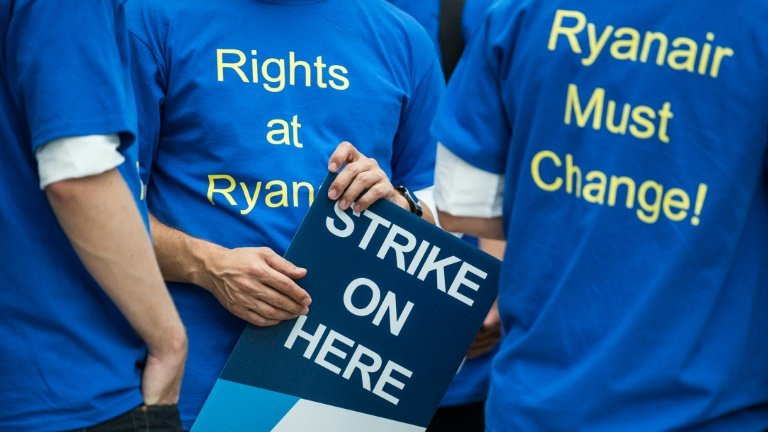 There is a very strong force of inertia in aviation about turning “green”. Like other problems in aviation management, such as their disbelieve in branding, the resulting focus on “cheap” as the sole difference and a missing loyalty for partners and employees alike. that, plus missing USPs made airlines a running gag about ROI. But as in all other industries, you cannot expect change and disruptions with blind managers. You need vision.
There is a very strong force of inertia in aviation about turning “green”. Like other problems in aviation management, such as their disbelieve in branding, the resulting focus on “cheap” as the sole difference and a missing loyalty for partners and employees alike. that, plus missing USPs made airlines a running gag about ROI. But as in all other industries, you cannot expect change and disruptions with blind managers. You need vision.
A real impact investment, with managers that breath “impact” and commit themselves “naturally” to the U.N. SDGs will be countering the greed-driven likes of Ryanair or others, saving on the backs of their employees, their customers, the airports and regions they serve to maximize their evil impact. And their profits. Especially their senior managers’ profits. Everyone complains about Ryanair, then why do people fly them? Why do airports and regions fund their “semi-legal” (illegal) subsidy schemes? Why does no-one divest to stand up to them? Why don’t they name and shame them? Why still investing in them?
Or look at Lufthansa, securing for the group more than 10 billion bailout, grounding Germanwings as they’re too expensive, firing their staff aplenty, grounding airplanes. The bailouts multiple their worth before the crisis, what is left of the formerly proud crane? And guess, one day they have to repay all those debts. At least they use those with professional care. Will they invest into anything “sustainable”? Their government did not bother to require something like that. And accusing the pandemic, I was told they oppose the development of the Synkerosene-pilot in Hamburg. That being likely the reason the German-lead Joint-Venture to develop a first industrial-sized facility chose Oslo instead…?
But yes, at KOLIBRI.aero we have the understanding of the necessity to make an impact. To disrupt aviation to force them to become “green” and sustainable. And keep in mind that for decades, aviation was a growth market. And will be. The demand is there.
Impact Investment or Whitewashing – What is it?
I do believe that we will find family offices and may even trigger the interest of some of the institutional investors. Maybe even EU monetary bodies might understand the impact we can make. And different from existing players, we neither have Corona debts, nor do we have “hidden agendas” or different plans. We want to do this. Do you?
And if you’re no (real) impact investor reading this, but one of my many friends and followers, please share this.
Food for Thought
Comments welcome!


 There is a lot of buzz ongoing about Impact Investment in IT and AI. Whereas I just wrote about
There is a lot of buzz ongoing about Impact Investment in IT and AI. Whereas I just wrote about 
 On the other side – and back to the topic of my previous article,
On the other side – and back to the topic of my previous article,  A German investor this week told me: “There is too little change in what you’re doing.” That investor referred to either air taxi or hyperloop. Whereas I’ve often enough expressed my concerns about air traffic control taking individual mobility into the third dimension and into potential conflict with commercial (and military) aviation. Just thinking about the increasing drone-warnings disrupting airport operations the past year. That is a very long way to go.
A German investor this week told me: “There is too little change in what you’re doing.” That investor referred to either air taxi or hyperloop. Whereas I’ve often enough expressed my concerns about air traffic control taking individual mobility into the third dimension and into potential conflict with commercial (and military) aviation. Just thinking about the increasing drone-warnings disrupting airport operations the past year. That is a very long way to go. Global CO2 emissions dropped by 7%, with 11% in Europe due to Corona. Especially aviation reduced due to the lockdown by 22% global, some regions by 30%. But those are expected to come back quickly (
Global CO2 emissions dropped by 7%, with 11% in Europe due to Corona. Especially aviation reduced due to the lockdown by 22% global, some regions by 30%. But those are expected to come back quickly ( People should take rail the politicos wrote. Yeah, I can see Merkel spending a day to travel from Berlin to Brussels. An interesting
People should take rail the politicos wrote. Yeah, I can see Merkel spending a day to travel from Berlin to Brussels. An interesting  There are exceptionally good examples recently, like
There are exceptionally good examples recently, like 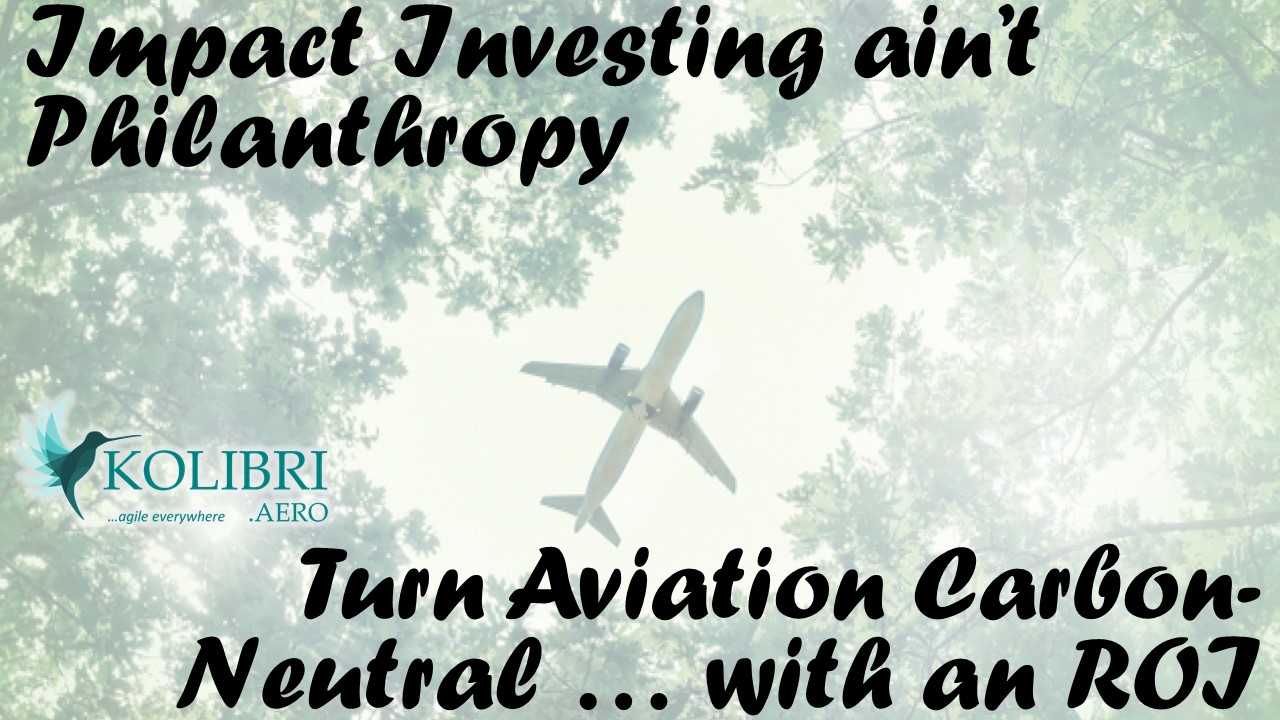 Though also notable, there is a bad misinterpretation that impact investment would mean low ROI. I think our business concept for Kolibri is looking at very competitive ROI at a residual risk below other investments. But it is so much easier to accuse impact investment to justify one owns look the other direction, right?
Though also notable, there is a bad misinterpretation that impact investment would mean low ROI. I think our business concept for Kolibri is looking at very competitive ROI at a residual risk below other investments. But it is so much easier to accuse impact investment to justify one owns look the other direction, right? Well, it’s always easy to invest into existing business. Buying in on indices or major shares, you don’t need to understand anything beyond their “performance” and “marketing message”. If they wash well enough, they might appear shining green or white, right?
Well, it’s always easy to invest into existing business. Buying in on indices or major shares, you don’t need to understand anything beyond their “performance” and “marketing message”. If they wash well enough, they might appear shining green or white, right? The “typical” aviation investment is aircraft funds. Whereas KPMG valued them at an average 4% return in 2019, look at all those assets now. Liabilities in most cases, because they had and have no USP. And even back in 2019, the big aircraft lessors being well established with the airlines made good returns, but many funds also underperformed or failed completely.
The “typical” aviation investment is aircraft funds. Whereas KPMG valued them at an average 4% return in 2019, look at all those assets now. Liabilities in most cases, because they had and have no USP. And even back in 2019, the big aircraft lessors being well established with the airlines made good returns, but many funds also underperformed or failed completely.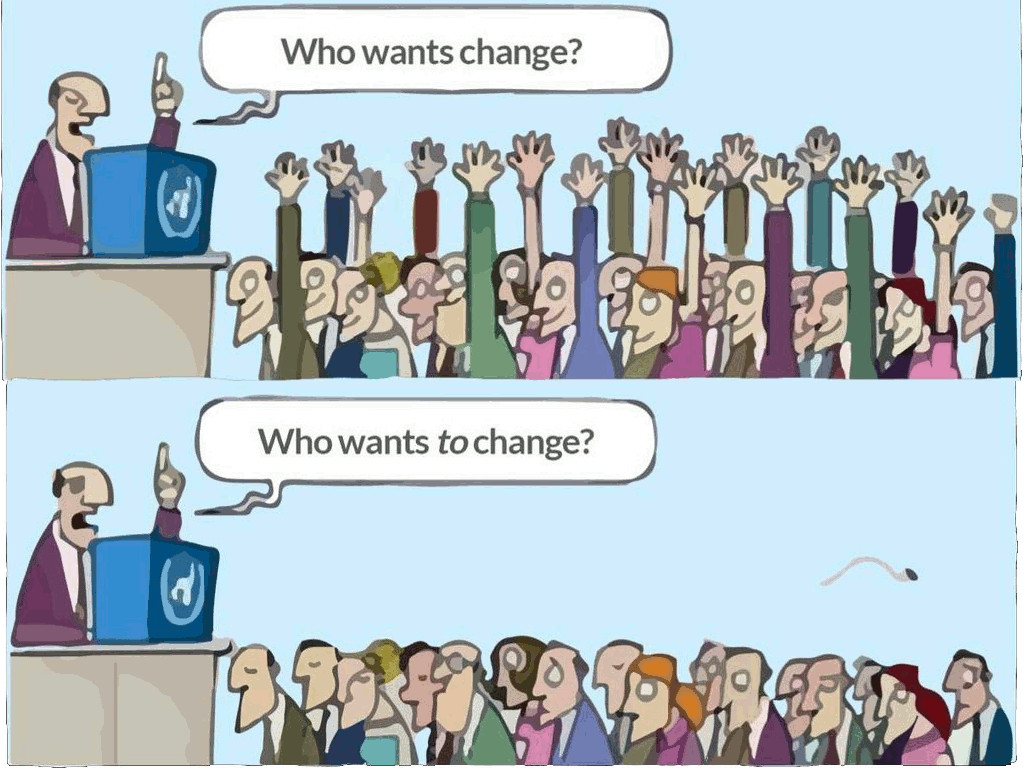


 SABRE
SABRE Passenger Statistics
Passenger Statistics Looking at
Looking at  The only ones I see that manage their big data are actually Amazon, Google, Facebook. Recently learned that for any click on Amazon, they collect some 150 variables on their user. It’s frightening. Then they put you in boxes. Me? In a box? Me, an advocate for #thinkoutsidethebox …
The only ones I see that manage their big data are actually Amazon, Google, Facebook. Recently learned that for any click on Amazon, they collect some 150 variables on their user. It’s frightening. Then they put you in boxes. Me? In a box? Me, an advocate for #thinkoutsidethebox … In the early 2000s, I was actively supporting e-Mail SSL-encryption, using a service by SSL-provider Thawte. Their motto has settled in me: It’s a Trust Thing. Which is a human thing. And from years of experience I don’t trust “data”. Data does not look you in the eye, it does not understand grayscale, data is Zero or One. Black or White.
In the early 2000s, I was actively supporting e-Mail SSL-encryption, using a service by SSL-provider Thawte. Their motto has settled in me: It’s a Trust Thing. Which is a human thing. And from years of experience I don’t trust “data”. Data does not look you in the eye, it does not understand grayscale, data is Zero or One. Black or White.
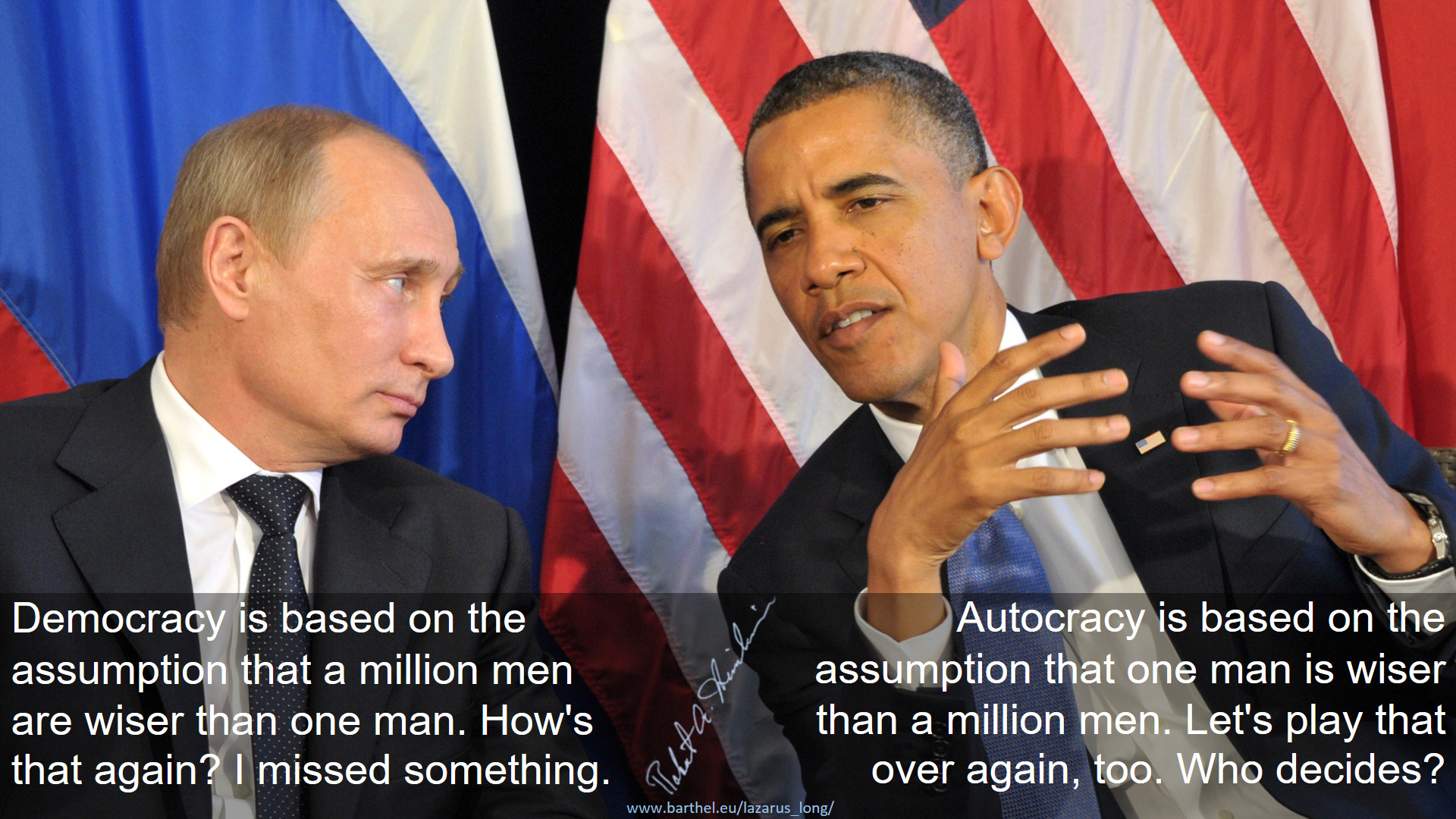 Is Big Data really something good? Or is it like the saying from the early 1980s: 1984 was already back in ’77. Just no-one realized it. And yes, that was Pre-Internet.
Is Big Data really something good? Or is it like the saying from the early 1980s: 1984 was already back in ’77. Just no-one realized it. And yes, that was Pre-Internet. As with everything, it’s a question about extremes. In itself, Big Data is not bad, but we need rules, especially ones addressing privacy and limitations. Like what separates the bad from the good? Just because they say so? I keep thinking about the 1998 movie
As with everything, it’s a question about extremes. In itself, Big Data is not bad, but we need rules, especially ones addressing privacy and limitations. Like what separates the bad from the good? Just because they say so? I keep thinking about the 1998 movie  The Sleeping Giant?
The Sleeping Giant?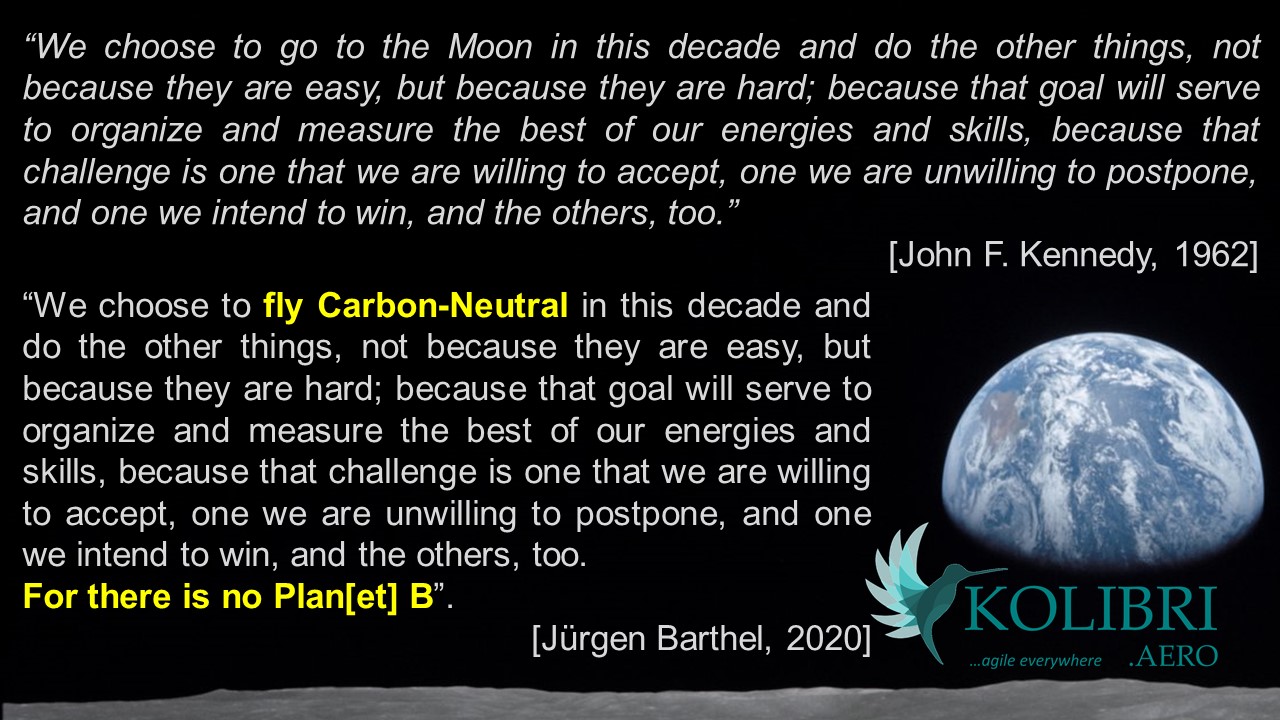


 Whereas AFJ added a virtual networking lounge, there were the same, I’d say ten, people in there, only once the (too small) window showing the delegates forced me to scroll with more than four delegates in the networking lounge.
Whereas AFJ added a virtual networking lounge, there were the same, I’d say ten, people in there, only once the (too small) window showing the delegates forced me to scroll with more than four delegates in the networking lounge.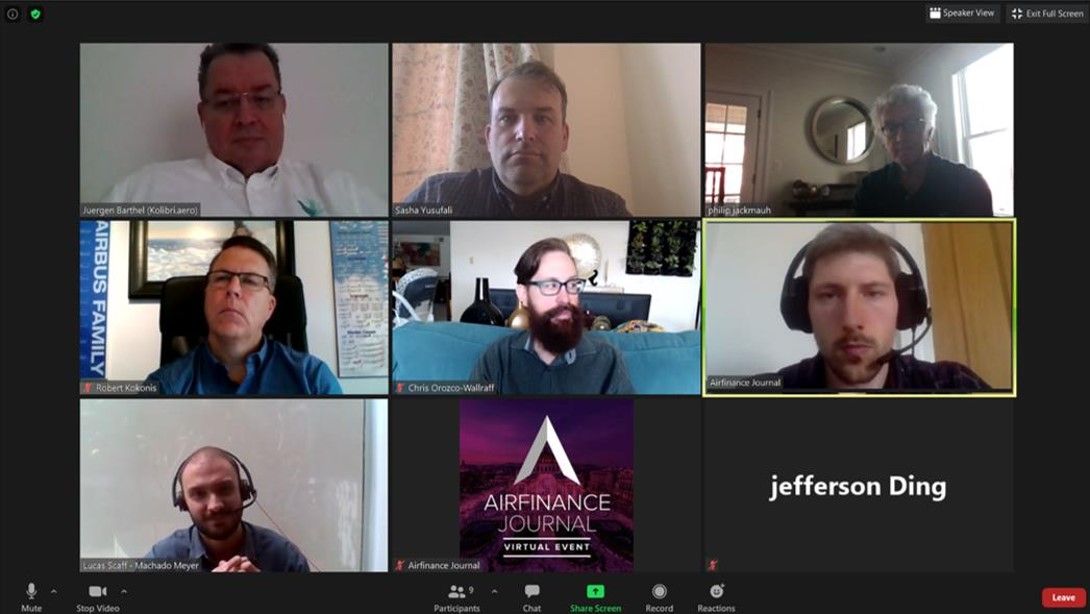 Then there was a “dedicated networking”, where more than 50 registered for (I think the host said 64). We were seven (plus AFJ moderator, plus one totally unresponsive), so roughly 9 out of 10 having registered for it did not show up. For some reason, being in aviation so long, “no shows” is something I consider exceptionally rude. Not just careless, but outright rude. Because there are people, taking the effort to organize something good and then people simply don’t show? It is extremely frustrating for whoever works this out to provide you a service!
Then there was a “dedicated networking”, where more than 50 registered for (I think the host said 64). We were seven (plus AFJ moderator, plus one totally unresponsive), so roughly 9 out of 10 having registered for it did not show up. For some reason, being in aviation so long, “no shows” is something I consider exceptionally rude. Not just careless, but outright rude. Because there are people, taking the effort to organize something good and then people simply don’t show? It is extremely frustrating for whoever works this out to provide you a service! A very good and valuable event, especially in Corona times. But it seems, at least from the outside, that most of the “delegates” were pretenders and never showed up on the website, never “participated”. Those people missed out on supporting a good event and torpedoed a valuable effort. From my side, I can only thank AFJ. The next step to improve the events in my opinion will be to automatically add the delegates to the networking lounge to enable messaging. Let them “opt-out”… There’s no e-Mail or other personal information shared, beyond the attendee list that delegates have access to anyway.
A very good and valuable event, especially in Corona times. But it seems, at least from the outside, that most of the “delegates” were pretenders and never showed up on the website, never “participated”. Those people missed out on supporting a good event and torpedoed a valuable effort. From my side, I can only thank AFJ. The next step to improve the events in my opinion will be to automatically add the delegates to the networking lounge to enable messaging. Let them “opt-out”… There’s no e-Mail or other personal information shared, beyond the attendee list that delegates have access to anyway.

 Convincing the People to Fly Again
Convincing the People to Fly Again There are a lot of posts and speakers emphasizing that we must adapt to the crisis, think outside the box, then in the next minute turning back on why them keeping the status quo and doing as they always did would be the right thing. As they obviously fail to understand the thinking of their customers, shutting down the crisis, falling back to “safe thinking”. Just as most investors do.
There are a lot of posts and speakers emphasizing that we must adapt to the crisis, think outside the box, then in the next minute turning back on why them keeping the status quo and doing as they always did would be the right thing. As they obviously fail to understand the thinking of their customers, shutting down the crisis, falling back to “safe thinking”. Just as most investors do.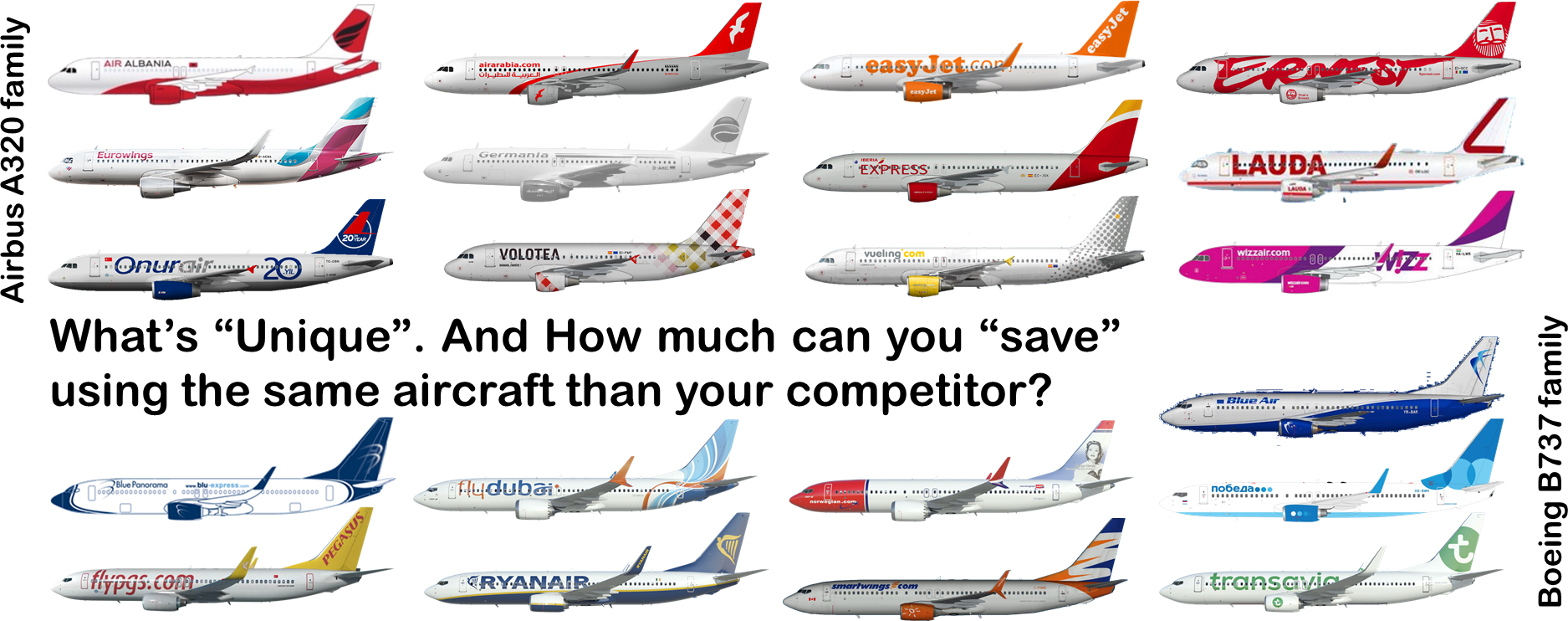

![“For those who agree or disagree, it is the exchange of ideas that broadens all of our knowledge” [Richard Eastman]](https://foodforthought.barthel.eu/wp-content/uploads/2016/08/eastman_quote.jpg)




 In 2016 with
In 2016 with  There was an
There was an 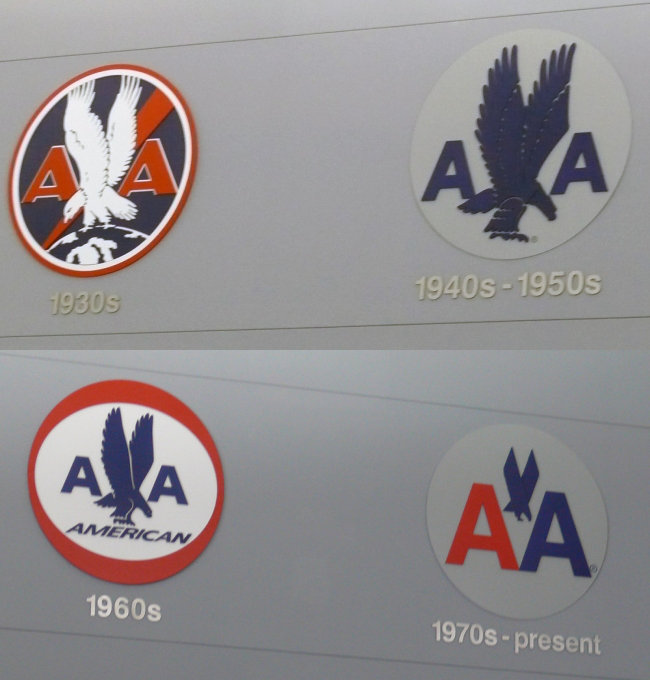 In October that year, mighty
In October that year, mighty 
![“Our Heads Are Round so our Thoughts Can Change Direction” [Francis Picabia]](https://foodforthought.barthel.eu/wp-content/uploads/2021/10/Picabia-Francis-Round-Heads.jpg)
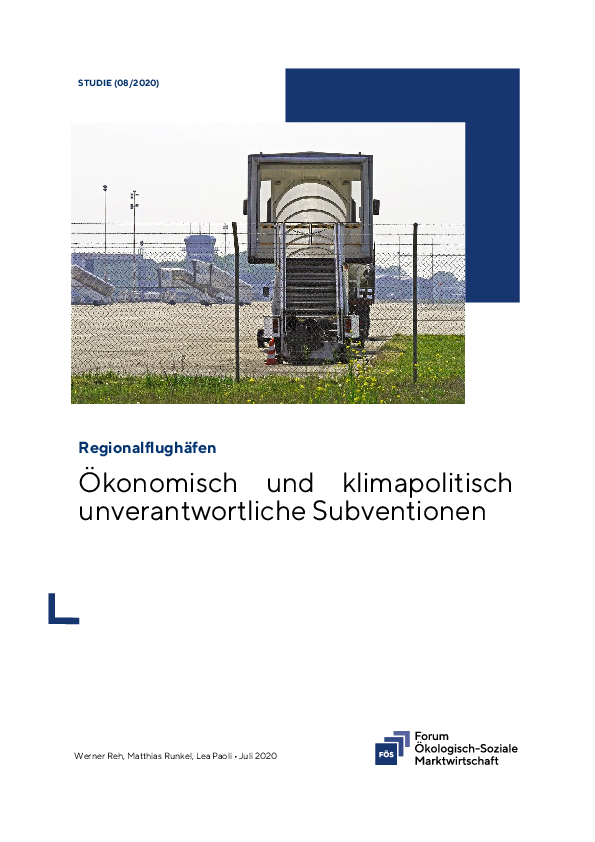 Last week it started with a
Last week it started with a 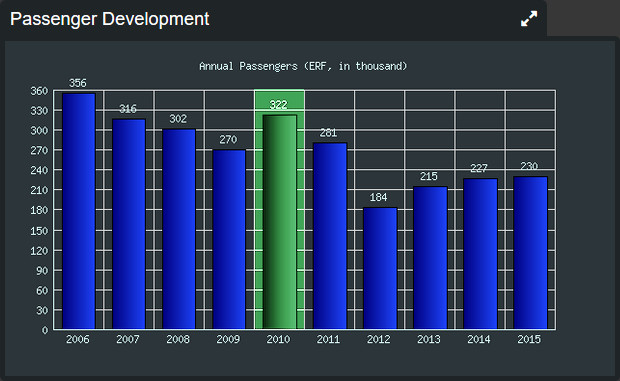 As you may recall, 2009/10, I’ve been managing Marketing, Press/P.R. and Corporate Communications at the Erfurt Airport, one of the seven now questioned. Which is my example of why German airports fail thanks to populistic airport bashing by the local politicos and most of the media. And an idiotic, short-sighted focus on “outgoing” holiday charter flights. I am adamant about my justified opinion that given a positive support and strategy, the airport would be worth a million passengers and an economic operation. If they’d cash in on incoming.
As you may recall, 2009/10, I’ve been managing Marketing, Press/P.R. and Corporate Communications at the Erfurt Airport, one of the seven now questioned. Which is my example of why German airports fail thanks to populistic airport bashing by the local politicos and most of the media. And an idiotic, short-sighted focus on “outgoing” holiday charter flights. I am adamant about my justified opinion that given a positive support and strategy, the airport would be worth a million passengers and an economic operation. If they’d cash in on incoming. As I wrote three years ago, airports must embrace their
As I wrote three years ago, airports must embrace their 
 Again ,there is no reasoning to invest into an airport that only looks at outgoing summer charter flights. The money leaves the region and benefits the destination. Why would I subsidize that?
Again ,there is no reasoning to invest into an airport that only looks at outgoing summer charter flights. The money leaves the region and benefits the destination. Why would I subsidize that?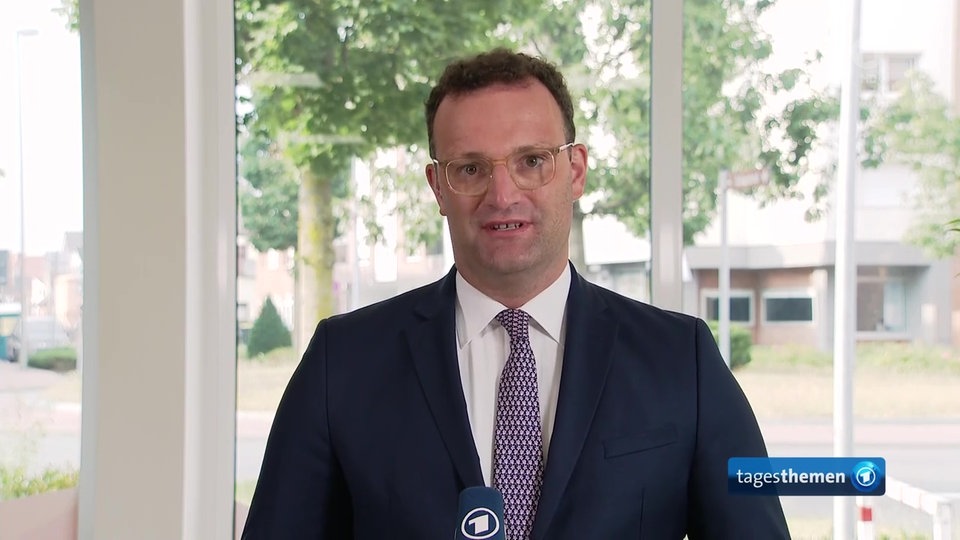



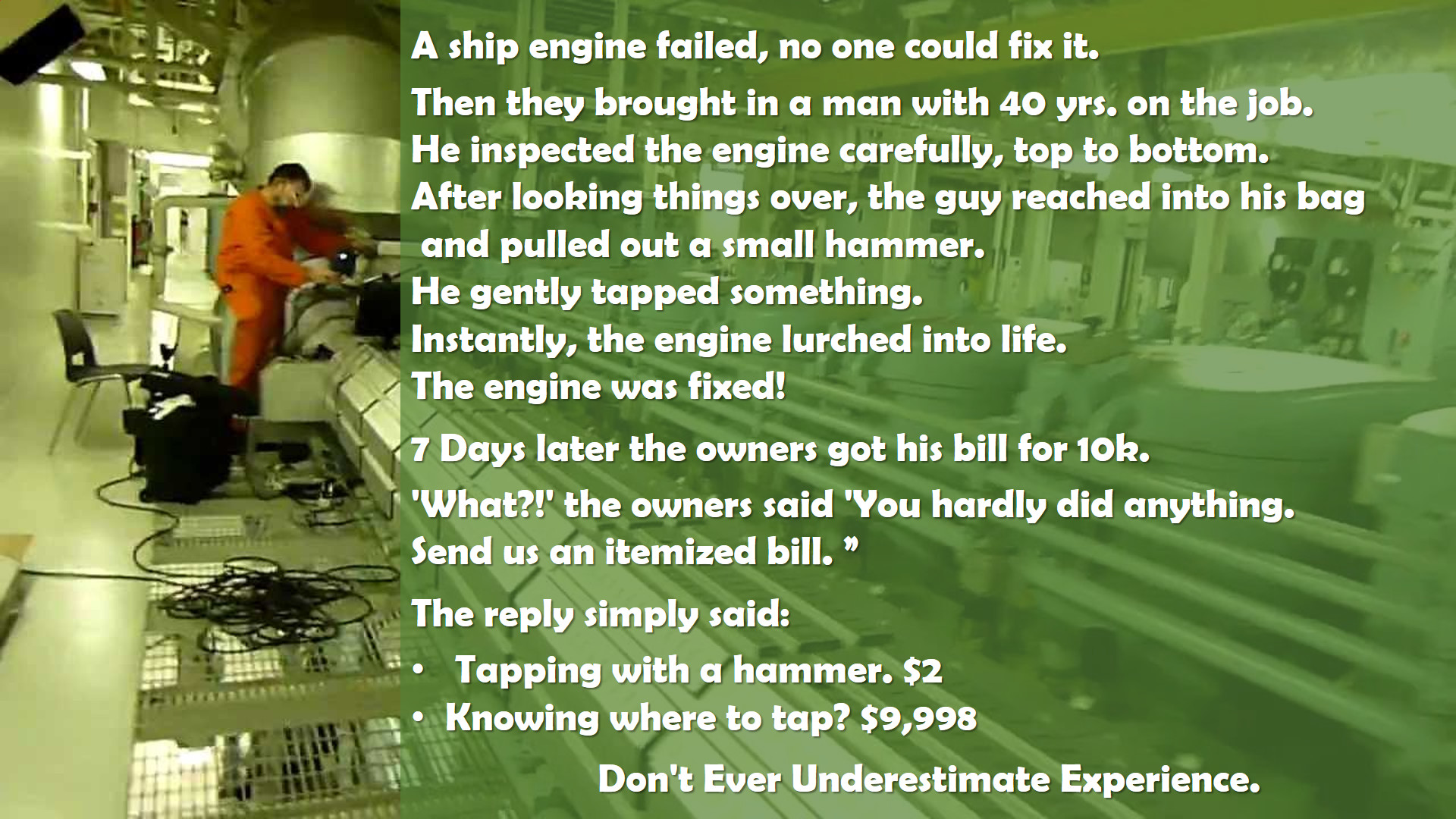


 My first experience with cloud computing was Sabre, Amadeus, but SAP was my personal experience with the SAAS model and it’s most negative repercussion. Good for the software provider, bad for the user. You bind yourself to the ecosphere of the software provider. For good or for bad. To change later is being made so difficult and expensive, it’s virtually impossible. Where the data might still be available, the computing “rules” are mostly not, you have to reengineer from scratch – there is a big consulting industry out there, specializing on such jobs, usually not talking about thousands in cost but millions.
My first experience with cloud computing was Sabre, Amadeus, but SAP was my personal experience with the SAAS model and it’s most negative repercussion. Good for the software provider, bad for the user. You bind yourself to the ecosphere of the software provider. For good or for bad. To change later is being made so difficult and expensive, it’s virtually impossible. Where the data might still be available, the computing “rules” are mostly not, you have to reengineer from scratch – there is a big consulting industry out there, specializing on such jobs, usually not talking about thousands in cost but millions.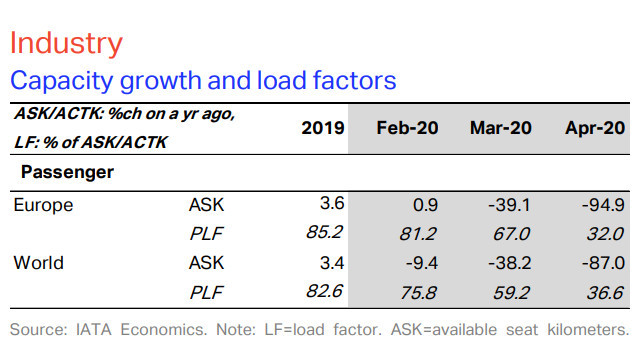
 Recent developments and posts really bug me. Don’t the writers of those posts recognize the cognitive dissonance? Yes, we must think positive. But there is a clear distinction between thinking positive and whitewashing or daydreaming. We have a crisis at hand and the “positive signals” aren’t as “positive” as those posts try to make them look like. They look at the marketing messages on the surface but fail to look the slightest bit deeper.
Recent developments and posts really bug me. Don’t the writers of those posts recognize the cognitive dissonance? Yes, we must think positive. But there is a clear distinction between thinking positive and whitewashing or daydreaming. We have a crisis at hand and the “positive signals” aren’t as “positive” as those posts try to make them look like. They look at the marketing messages on the surface but fail to look the slightest bit deeper.
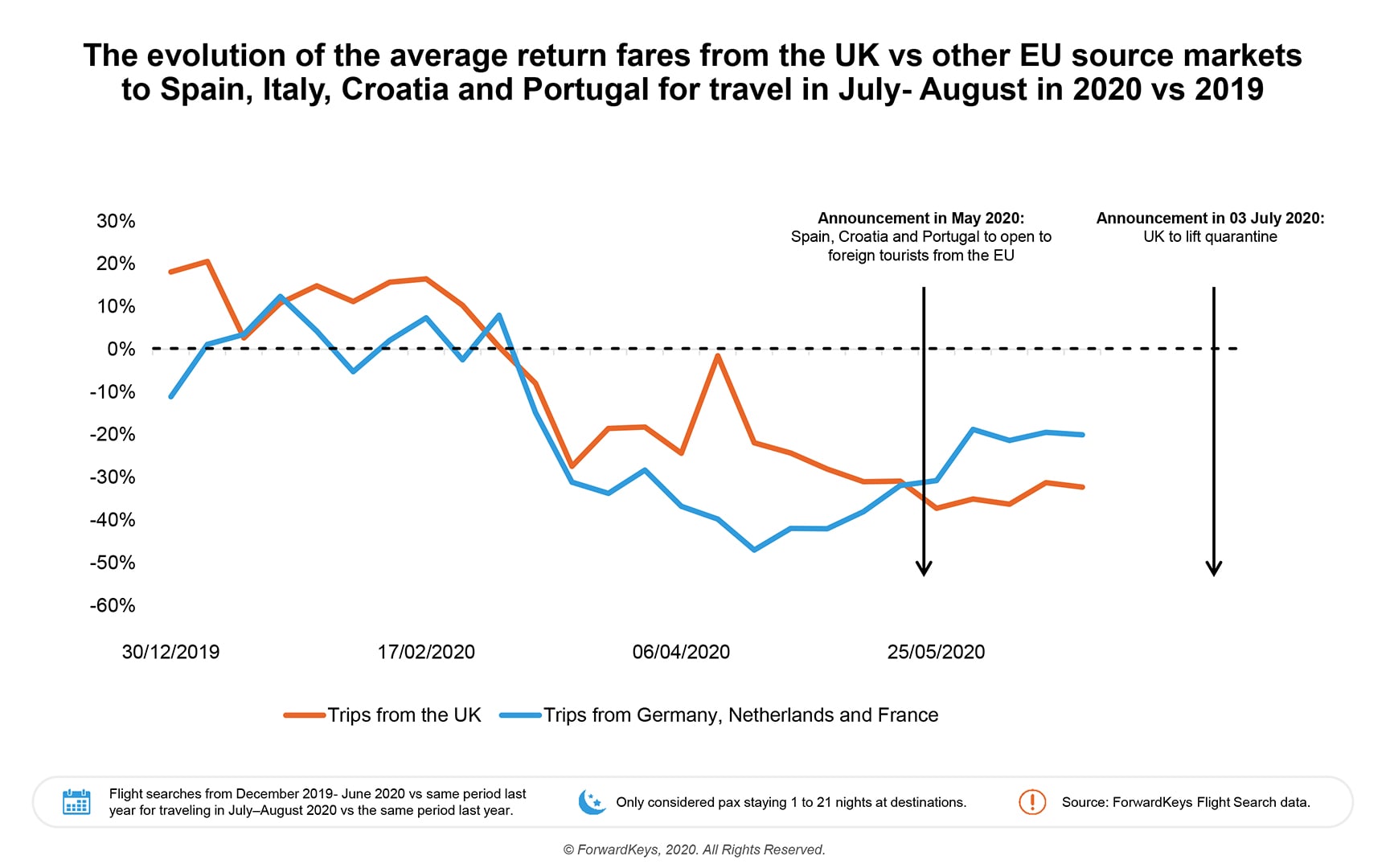
 Yes, as you can see in the archive of my
Yes, as you can see in the archive of my  I know, being a German and having taken residence with the family in Germany for the pandemic, I am somewhat biased on what happens here and especially Lufthansa. And that makes me puke. No, I can’t say that nicely.
I know, being a German and having taken residence with the family in Germany for the pandemic, I am somewhat biased on what happens here and especially Lufthansa. And that makes me puke. No, I can’t say that nicely.!["We are Listening. And We're Not Blind. This is Your Life. This is Your Time!" [Snow Patrol - Calling in the Dark]](https://foodforthought.barthel.eu/wp-content/uploads/2020/01/CallingintheDark.jpg)